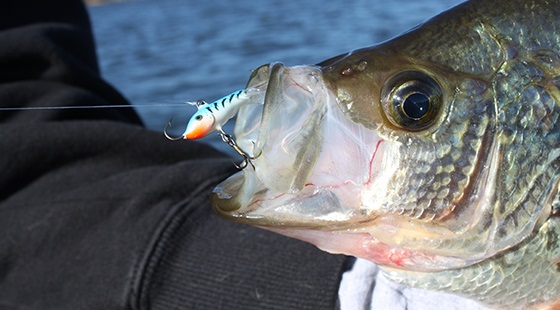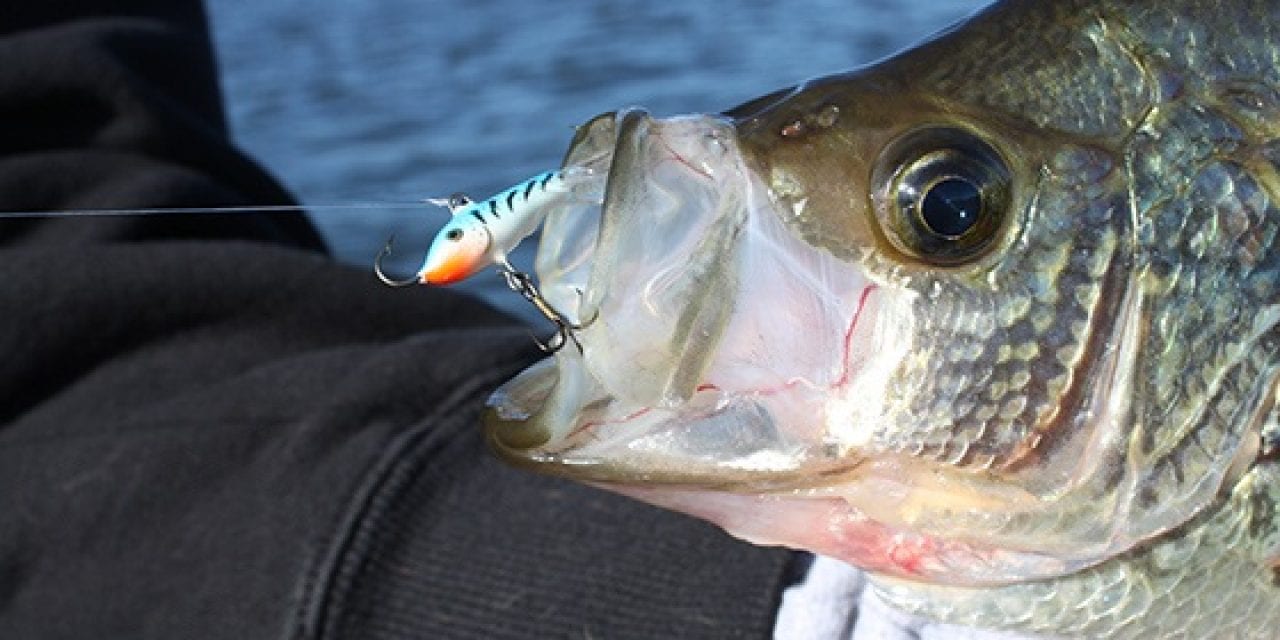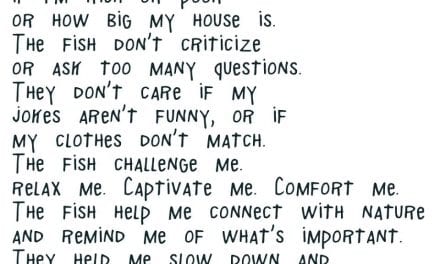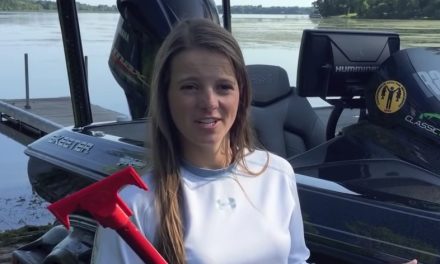
Leave the bait bucket at home this fall – you can load your boat with panfish by targeting breaklines with the Rapala® Jigging Raps.
“I’ve almost exclusively gone away from live bait, and Jigging Raps have allowed me to do that,” says Tony Roach, an in-demand fishing guide on Minnesota’s Mille Lacs Lake. “I’m getting more strikes, getting better hook-ups and catching way more fish versus a jig-and-minnow, for example. It’s my go-to presentation for panfish, there’s no doubt about it.”
Long predominant as ice-fishing lures, Jigging Raps were proven equally productive as open-water baits in the last several years. Featuring a balanced, weighted minnow profile, they swim in tantalizing circles on the fall. With single reversed hooks on the nose and posterior, and a center treble hook hung from a belly eyelet, they don’t allow for missed bites — regardless of how a fish attacks, it’s running smack dab into a hook.
The Jigging Rap bite has been “wonderful the past few weeks” on lakes in the Mille Lacs area with tea-colored water, Roach reports. His Jigging Rap technique will be productive all fall on panfish lakes across the Upper Midwest.
“There’s a lot of bodies of water where you can get that stained, tannic-colored water like I’m fishing now,” Roach says. “But certainly, there are clear-water lakes that this technique works just as good in.”
This time of year, panfish begin pulling away from weedlines and start making their way towards their winter haunts. But first, they often spend some time suspending on breaklines between the weedbeds and drop-offs into deeper water.
“As the weeds start to die off, you’ll find big, big schools of fish adjacent to weedlines,” Roach says. “They’ll suspend 10, 15, 20 feet down on those breaks. And that’s really where the Jigging Raps shine.”
Step 1 for Roach’s fall Jigging Rap program is finding and waypointing schools of fish with your sonar/GPS unit. “I’ll drive around with my big motor and try to mark schools and figure out what depth they’re at before I even drop the trolling motor,” he explains. “It’s much faster fishing than just kind of fan-casting and slowly, methodically figuring out where these schools of fish are.”
Once Roach locates a school of fish, he’ll use his electric trolling motor to virtually anchor above it and then use his bow-mount sonar/GPS unit to drop his Jigging Rap to the top of the school.
“I use my electronics not only to locate the fish, but also much like I would in the winter, where I fish vertically right underneath my graph on my bow,” Roach explains. “A Jigging Rap, it’s so dense, it shows up really well on your sonar display, so you can drop it down just above a school and watch fish come up to the bait and strike, just like you do ice fishing.”
The action Roach gives a Jigging Rap when targeting fall panfish differs greatly from how he fishes Jigging Raps in the summer for walleyes. “You’re not ripping it aggressively, hopping it off the bottom, it’s more of a vertical-hover presentation,” he explains. “I might jig it to get them to come up, but then I’ll slow it down – just like ice fishing – where I just barely raise that bait and allow those fish to come up and strike it.”
“I tend to fish a little bit higher in the water column, because the fish at the top of the school seem to be more aggressive – especially when they’re bunched up in a big group.” Roach says. “So when I’m dropping my presentation down, I don’t just drop it right in their face, I try to slow my presentation down two or three feet, before it gets to the fish, allowing them to come up to the bait.”
Big crappie, bluegill and perch will bite Jigging Raps fished in this manner “all the way up to ice-up,” Roach says. Perfect the technique, and you’ll be in for a fun fall.
“Once you get that school to come up on it, it’s pretty fast-action fishing – you drop down, catch one; drop down, catch another one,” Roach says. “And although a school will eventually move, they don’t move in big increments, so it’s pretty easy to stay on top of them and follow them around as they slide up and down the breakline.”
For the best results, use braided line attached via swivel or a double-uni or Alberto knot to a two-foot fluorocarbon leader. “If you use this technique a lot, I highly recommend a swivel, to reduce line twist,” Roach says.
When fishing in stained water, Roach favors Pink Tiger UV, Orange Tiger UV and Glow Yellow Perch color patterns. Big crappies, especially, love Pink Tiger UV, he says. In clear water, he favors natural color patterns like Perch and Chrome Blue.
The post Drop Jigging Raps On Fall Panfish appeared first on .
















